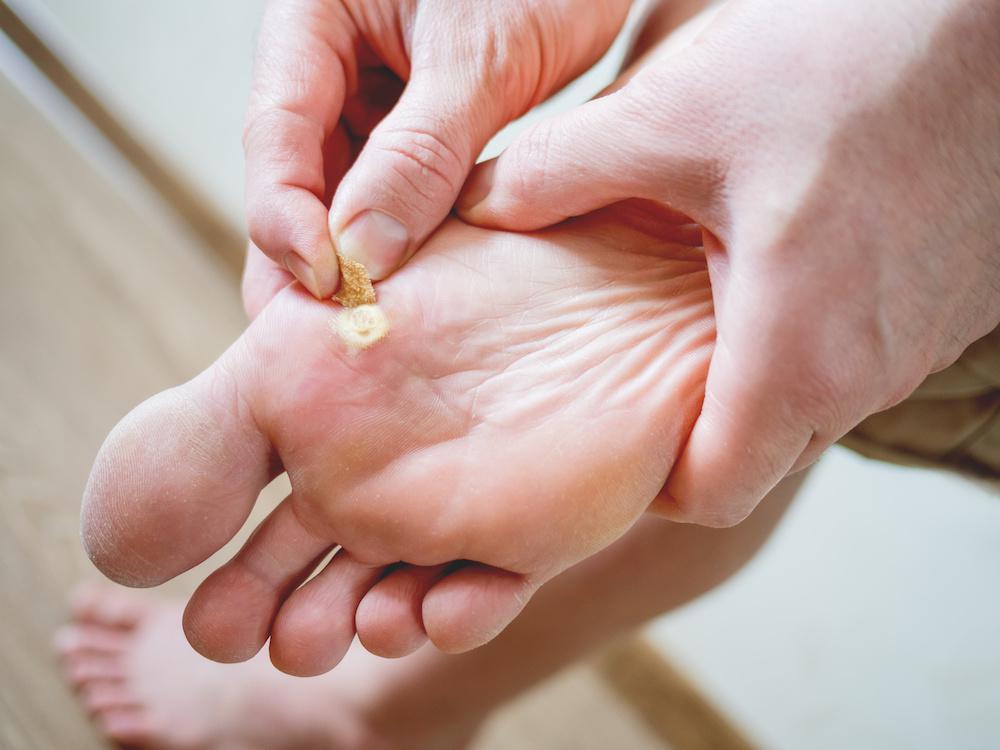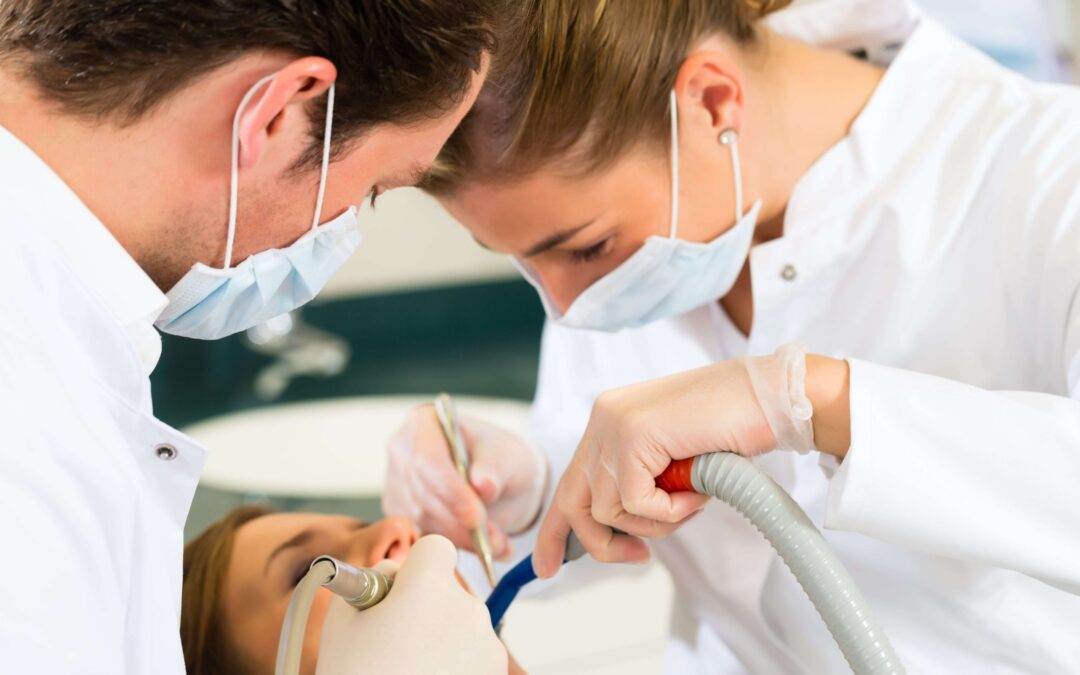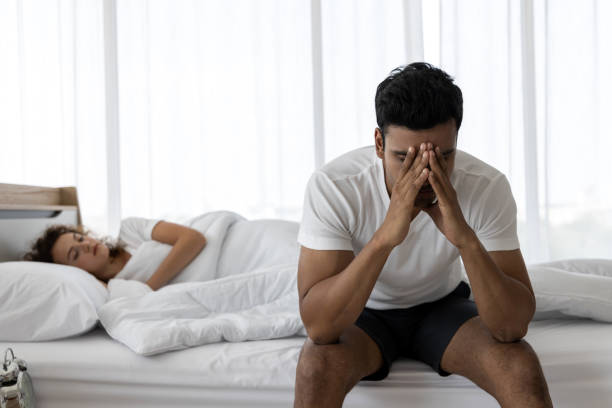Warts are common skin growths caused by the human papillomavirus (HPV), appearing on various parts of the body. They can affect anyone regardless of age, making them a widespread concern among children, teenagers, and adults alike. When considering Warts Removal Treatment in Abu Dhabi, individuals often wonder about its suitability across different age groups and the best approaches to manage these growths effectively. This comprehensive guide explores the efficacy, safety, and suitability of wart removal procedures for all ages, providing valuable insights for those seeking treatment options.
Understanding Warts and Their Impact
What Are Warts?
Warts are benign skin growths that develop due to HPV infection. They appear as small, rough, and raised bumps on the skin, commonly found on the hands, feet, and other areas. Warts are contagious and can spread through direct contact or by sharing contaminated objects. While they are generally harmless, their appearance can cause discomfort and self-consciousness.
Common Types of Warts
Different types of warts exist, including common warts, plantar warts, flat warts, and filiform warts, each with distinct characteristics and preferred locations on the body. Recognizing the type helps in determining the most suitable removal approach.
The Psychological and Social Impact
Though benign, warts can significantly affect an individual’s confidence and quality of life. Especially in children and teenagers, visible warts may lead to social embarrassment, emphasizing the importance of effective removal treatments.
Suitability of Warts Removal Treatment for All Ages
Can Children Receive Wart Removal?
Yes, children can undergo wart removal procedures. Pediatric patients often respond well to treatments designed for their age group, with considerations for pain management and minimal invasiveness. Early intervention can prevent the spread of warts and reduce psychological distress.
Warts in Teenagers and Young Adults
Teenagers are frequently affected by warts, especially due to increased physical activity and contact sports. Removal treatments are safe and effective for this demographic, helping restore skin appearance and prevent transmission.
Addressing Warts in Adults and Seniors
Adults and seniors can also benefit from wart removal treatments. While some warts may resolve spontaneously over time, persistent or bothersome warts often require professional intervention. Customized treatment plans ensure safety and effectiveness across age groups.
Types of Warts Removal Treatments Suitable for All Ages
Topical Treatments and Over-the-Counter Options
For minor cases, topical medications can be used, especially in children and teenagers. These are typically recommended as initial steps before considering more invasive procedures. They are painless and easy to apply, making them suitable for sensitive skin.
Cryotherapy: Freezing Off Warts
Cryotherapy involves applying liquid nitrogen to freeze and destroy wart tissue. It is widely used across all age groups due to its efficacy and quick results. Multiple sessions may be needed, but the procedure is generally well-tolerated.
Laser and Light-Based Treatments
Laser therapy targets wart tissue precisely, destroying it with minimal damage to surrounding skin. Suitable for stubborn or recurrent warts, laser treatments are safe for all ages, providing fast and effective results with minimal discomfort.
Surgical Removal and Electrosurgery
In cases where other treatments fail, surgical removal or electrosurgery can be performed. These procedures are typically reserved for larger or resistant warts and are adapted to suit patients of varying ages.
Alternative and Natural Remedies
Some individuals opt for natural remedies or alternative therapies. While these may be suitable for mild cases or as adjuncts, consulting a healthcare professional ensures safe and appropriate treatment.
Preparing for Wart Removal
Consultation and Evaluation
A thorough assessment by a specialist ensures the correct diagnosis and tailor-made treatment plan. The evaluation considers the wart type, location, patient age, and overall health.
Pre-Treatment Guidelines
Patients are advised on skin care, avoiding irritation, and following specific instructions to optimize treatment outcomes. Proper preparation minimizes discomfort and enhances healing.
Post-Treatment Care and Follow-Up
Healing and Recovery
Post-procedure care includes keeping the area clean, avoiding picking at the wart, and following specific wound care instructions. Healing times vary based on the treatment method and individual factors.
Managing Recurrence
While many warts are effectively removed, some may recur. Follow-up appointments help monitor healing and determine if additional treatment is necessary.
Benefits of Professional Warts Removal
Safety and Effectiveness
Professional treatments offer higher success rates, safety, and minimized risk of complications compared to home remedies.
Customized Treatment Plans for Different Ages
Healthcare providers tailor treatments based on age, wart characteristics, and patient preferences, ensuring optimal outcomes.
Accelerated Results and Comfort
Professional procedures often provide quicker relief and less discomfort, especially important for children and elderly patients.
FAQs About Warts Removal in Abu Dhabi
Q1: Is Warts Removal Treatment Good for All Ages?
A1: Yes, Warts Removal Treatment Abu Dhabi is suitable for individuals across all age groups, from children to seniors. The procedures are adapted to meet the specific needs and sensitivities of each age group, ensuring safe and effective removal.
Q2: How long does it take for a wart to heal after removal?
A2: Healing time varies depending on the treatment method and wart size but generally ranges from a few days to a couple of weeks post-procedure.
Q3: Are multiple sessions typically required for complete wart removal?
A3: Most treatments may require multiple sessions to fully eradicate stubborn or large warts, but this varies based on individual response and wart type.
Q4: Can warts be prevented after treatment?
A4: While complete prevention is challenging due to HPV’s contagious nature, maintaining good hygiene, avoiding direct contact with warts, and not sharing personal items can significantly reduce recurrence.






0 Comments